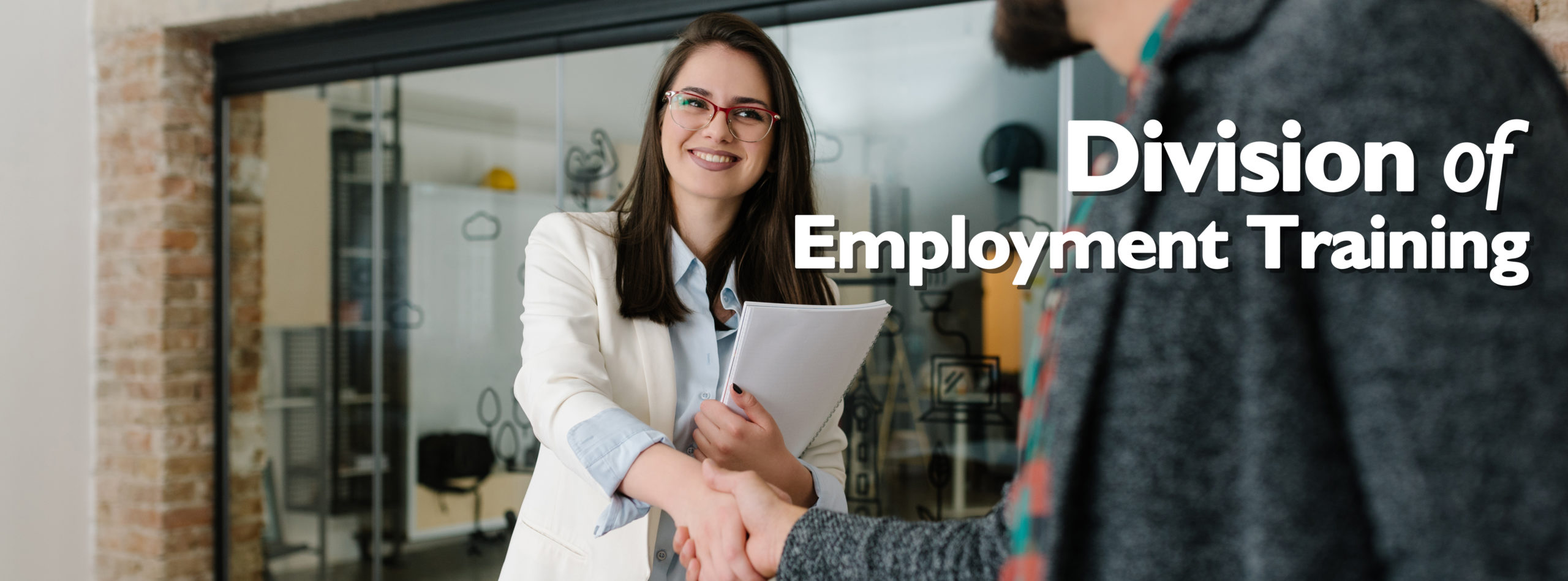Did You Work Today?
Contact: HHS Press Office (202) 690-6343
On August 22, President Clinton signed into law "The Personal Responsibility and Work Opportunity Reconciliation Act of 1996 (P.L. 104-193)," a comprehensive bipartisan welfare reform plan that will dramatically change the nation's welfare system into one that requires work in exchange for time-limited assistance. The law contains strong work requirements, a performance bonus to reward states for moving welfare recipients into jobs, state maintenance of effort requirements, comprehensive child support enforcement, and supports for families moving from welfare to work -- including increased funding for child care and guaranteed medical coverage.
The Personal Responsibility and Work Opportunity Reconciliation Act of 1996 eliminates AFDC's open-ended entitlement and creates a block grant for states to provide time-limited cash assistance for needy families, with work requirements for most recipients. The law also makes far-reaching changes to child care, the Child Support Enforcement Program, benefits for legal immigrants, the Food Stamp Program, and SSI for children. Modifications to the child nutrition program and reductions in the Social Services Block Grant (SSBG) are also included.
o Work requirements.
Under the new law, recipients must work after two years on assistance, with few exceptions. Twenty-five percent of all families in each state must be engaged in work activities or have left the rolls in fiscal year (FY) 1997, rising to 50 percent in FY 2002. Single parents must participate for at least 20 hours per week the first year, increasing to at least 30 hours per week by FY 2000. Two-parent families must work 35 hours per week by July 1, 1997.
o Supports for families transitioning into jobs.
The new welfare law provides $14 billion in child care funding over six years -- an increase of $3.5 billion over current law -- to help more mothers move into jobs. The new law also guarantees that women on welfare continue to receive health coverage for their families, including at least one year of transitional Medicaid when they leave welfare for work.
o Work Activities.
To count toward state work requirements, recipients will be required to participate in
- unsubsidized or
- subsidized employment,
- on-the-job training,
- work experience,
- community service,
- 12 months of vocational training, or
- provide child care services to individuals who are participating in community service. Up to 6 weeks of job search (no more than 4 consecutive weeks) would count toward the work requirement.
While many states do not legally require your LLC to have an operating agreement, it's foolish to run an LLC without one, even if you're the sole owner of your company.
An operating agreement will help you guard your limited liability status, head off financial and management misunderstandings, and make sure your business is governed by your own rules -- not default rules created by your state.
- Owning a YouTube Channel
- Having and Google Adsense Account
- Amazon Affiliate Program
- Look at your Amazon Business Operating Agreement
- Taking part in any Earned Income Generating Activies folks.
- Sweepstakes and Lotteries also count.
o A five-year time limit.
Families who have received assistance for five cumulative years (or less at state option) will be ineligible for cash aid under the new welfare law. States will be permitted to exempt up to 20 percent of their caseload from the time limit, and states will have the option to provide non-cash assistance and vouchers to families that reach the time limit using Social Services Block Grant or state funds.
o Personal employability plans.
Under the new plan, states are required to make an initial assessment of recipients' skills. States can also develop personal responsibility plans for recipients identifying the education, training, and job placement services needed to move into the workforce.
o State maintenance of effort requirements.
The new welfare law requires states to maintain their own spending on welfare at at least 80 percent of FY 1994 levels. States must also maintain spending at 100 percent of FY 1994 levels to access a $2 billion contingency fund designed to assist states affected by high population growth or economic downturn. In addition, states must maintain 100 percent of FY 1994 or FY 1995 spending on child care (whichever is greater) to access additional child care funds beyond their initial allotment.
o Job subsidies.
The law also allows states to create jobs by taking money now used for welfare checks and using it to create community service jobs or to provide income subsidies or hiring incentives for potential employers.
Job Monsta is the source for job Articles, Career, Business, Finance, Accounting, Marketing, PR General & Advice.

No comments:
New comments are not allowed.